
Events preceding the March session in Lahore, when Punjab’s Unionist Party premier, Sir Sikandar Hayat Khan, banned all private armed militias, had created tensions. This ban also impacted Allama Mashriqi’s Khaksar Tehreek, whose party’s newspaper, Al-Islah, launched a very critical and provocative campaign against him. On March 19, contingents of the Khaksar Tehreek, carrying spades, started gathering near Bhati Gate. When the police tried to stop them, a fight ensued, resulting in the death of a British police officer and injuries to many policemen. Later, police reinforcements arrived and mercilessly brutalised many Khaksars, killing several of them. This evoked a lot of anger amongst the Muslims living within the walled city, who vented it against Sikandar Hayat. The situation became so critical that Sikander Hayat pleaded with the Quaid on telephone to postpone the planned session of the All-India Muslim League (AIML). However, the Quaid was adamant that the historic meeting would go ahead as planned.
On March 21, the Quaid arrived in Lahore, where a grand reception was planned and he was to lead a huge rally on his way to the League office on Davis Road. However, in deference to the Muslim families mourning their dead, he instructed the organisers to cancel the rally. He issued a press release in which he revealed that important decisions were to be taken in Lahore. In the evening, a meeting of the AIML Council was held, which finalised the list of members for the Subjects Committee.
On March 22, an open session of the AIML was held, where the Quaid delivered his presidential address in which he gave a brief account of political developments in the preceding two years. Towards the end of his address, while elaborating upon the two-nation theory, he made a reference to a letter written by Lala Lajpat Rai to Bengal’s famous leader CR Das in 1924, where the former had stated that Hindus and Muslims are two separate nations and they can never form part of one united nation.
In the evening, the Subjects Committee met, where the Quaid made it clear that the focus of the Lahore sessions would be on the Pakistan Resolution. Nawab Liaquat Ali Khan read out the proposed draft of the Resolution in Urdu, prepared by 21 members of the working committee. The resolution, translated into English by Maulana Zafar Ali Khan, read, “That geographically contiguous units are demarcated into regions which should be so constituted, with such territorial readjustments as may be necessary, that the areas in which the Muslims are numerically in majority as in the North Western and North Eastern Zones of India would be grouped to constitute ‘Independent States’ in which the constituent units shall be autonomous and sovereign.”
When discussions resumed, Mr Ashiq Hussain Batalvi, proposed some changes, to ensure that Punjab and Bengal were not divided. Nawab Liaquat Ali Khan, however, assured him that this would not be allowed. Thus, no changes were made, the draft resolution was adopted and it was decided by the Quaid-e-Azam that Maulana Fazlul Haq would present the resolution in the open session on March 23, at Minto Park.
Published in The Express Tribune, March 24th, 2013.





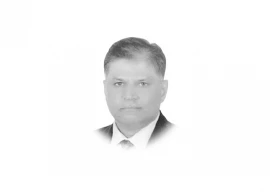
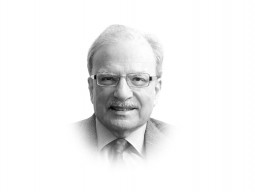

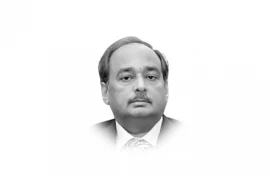



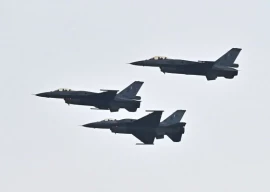



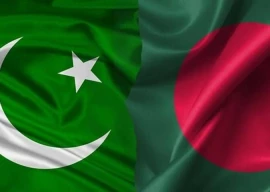

COMMENTS
Comments are moderated and generally will be posted if they are on-topic and not abusive.
For more information, please see our Comments FAQ